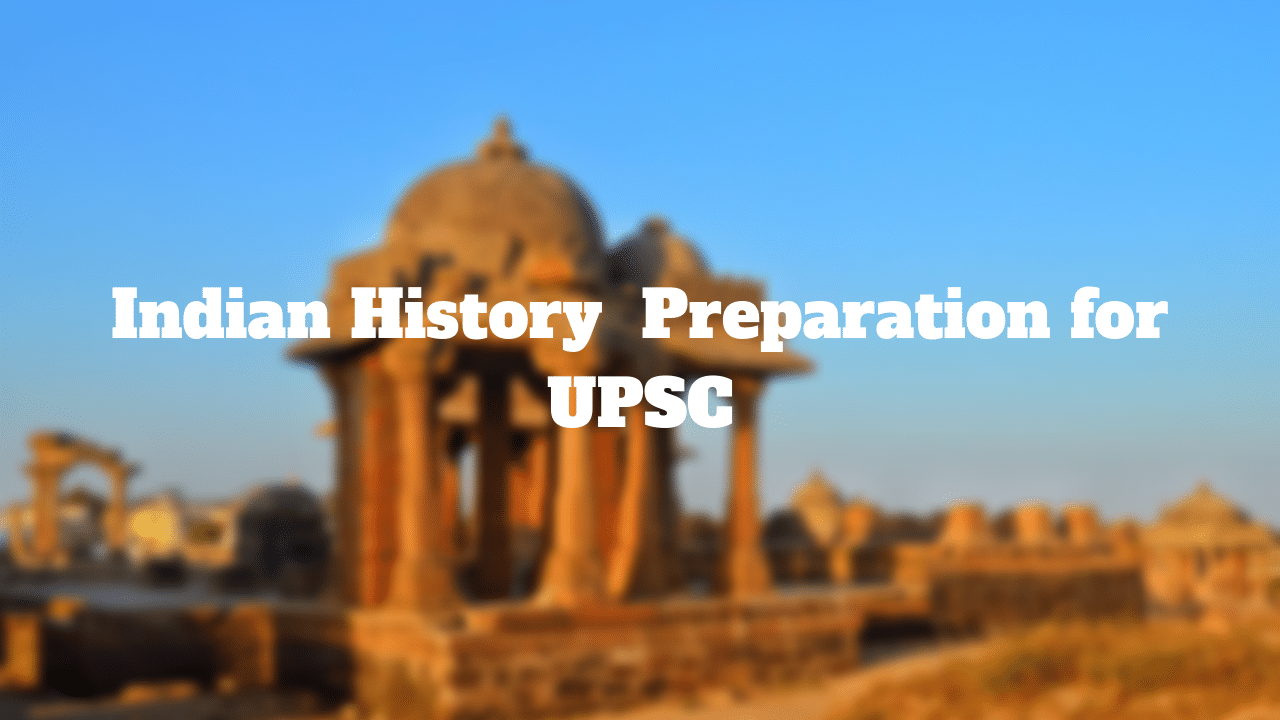
Gupta Age Art and Architecture
Introduction
The emergence of Gupta Empire is called as the Golden Age of Indian Architecture.
The temple architecture, Buddhist architecture and cave traditions reached its climax.
Caves tradition in Western India
1. Mainly there are three types of Indian art and Architecture that were executed while building caves in Western India:
• Apsidal vault-roof Chaitya halls examples Ajanta, Pitalkhora, Bhaja
• Apsidal vault-roof pillarless hall, examples, Thana-Nadsur
• Flat-roof quadrangular hall with circular chamber, example, Kondivite.
2. The front of Chaitya is dominated by motif of a semi-circular Chaitya arch and a Stupa at the back is also common.
3. At Karla, biggest rock-cut Chaitya was excavated.
• Chaitya hall pillars are decorated with human and animal figures.
• Viharas included hall, cell and veranda. They are found at Ajanta & Nashik. The interior decorative motifs like that in Chaitya and vihara are found over cell doors of cave. The front pillars are carved with ghata-base and ahata-capital with the human figures.
4. One Vihara at Junnar is called Ganeshleni as one image of Ganesha is instilled here.
5. Most important sites are: Ajanta, Ellora, Nashik, Junnar Karla, Kanheri, Junagarh and Bhaja.
Ajanta Caves
• It is located in Aurangabad district of Maharashtra.
• There are 29 caves, 25 viharas and 4 chaityas. There are 1-2 storey caves.
• The large chaityas-viharas are decorated with sculptures and paintings (from 1st-5th CE). They were primarily built during Gupta period.
• The biggest Buddha image of Mahaparinibbana is found in 26th cave.
• Pillared virandha and halls and cells, and the back wall is considered as the Buddha Shrine.
• Bhoomiparshmudra: Buddha showing right hand indicating to earth -> it is the largest sculpture panel in Ajanta.
• Multi coloured paintings depicting Jatakas and Avadanas.
• Frescos are also found of rice husk, limestone and natural colours.
• For example, preaching Buddha, flying apsaras, a bodhisttva holding lotus.
• Both Hinayana and Mahayana art are found.
Ellora Caves
• These caves are located in Aurangabad.
• These were built during the rule of Rashtrakutas.
• There are 34 caves which include the Buddhist, Brahaminical and Jain caves. It mostly includes Mahayana art only.
• Caves are usually 3-storey caves.
• Under Shaivite theme, Ravana shaking the Mt. Kailash; Andhakasurvada; Kalyanasundra.
• Under Vaishnavite theme, avatars of Vishnu are depicted.
• These are unique in stylistic eclecticism i.e. confluence of many styles at one place.
• Rock-cut temples are also carved. For example: Kailashnath temple.
Elephanta Caves
• These are located in Mumbai.
• It was originally a Buddhist site but later dominated by Shaivite Sect. The sculptures show stark light and dark effects.
• Some examples are: Maheshmurti (3 headed deity), Bhairava and Uma.
Eastern India Caves
• Coastal region of Andhra (Guntapelle) and in Odisha have structured monasteries.
• Anakapalli Cave has the biggest rock-cut stupa.
• Udaygiri and Khanadigri Caves of Odhisa has mostly Jainist caves.
Udayagiri caves
• These are located in Vidisha, Madhya Pradesh.
• These were created under the patronage of Chandragupta II.
• The caves have one of the earliest Hindu sculptures.
• Some caves are dedicated to Shiva.
Other Caves
Bagh Caves
• These are located in Madhya Pradesh.
• There are 9 Buddhist caves developed around 6th Century A.D.
Junagadh Caves
• These caves are located in Gujarat.
• These are Buddhist caves.
• A 30-50 ft high citadel known as Upar Kot is found in front of the prayer hall.
Nasik Caves
• These are located in Maharashtra.
• It is a group of 24 Buddhist Caves.
• Thses are also called as Pandav Leni.
• It has influence of both the Hinayana sect and the Mahayana sect.
Stupas
Dhamek stupa at Sarnath near Varanasi is an example of Stupa developed during this period.
History is considered as one of the UPSC optional subjects in competitive exam. The syllabus of History includes archaeology, historical architecture, art and cultural heritage. Specified under the syllabus of General Studies I for UPSC Civil Services Mains, Indian Art and Culture is taken as one of the important topics in the Civil Services preparation. As this is a very wide topic, you should you stick to the syllabus and study only the relevant portions.
You can found more information from the best Online Learning Platform in India for preparation.
https://www.unoreads.com/